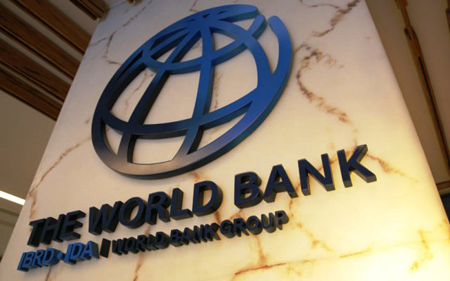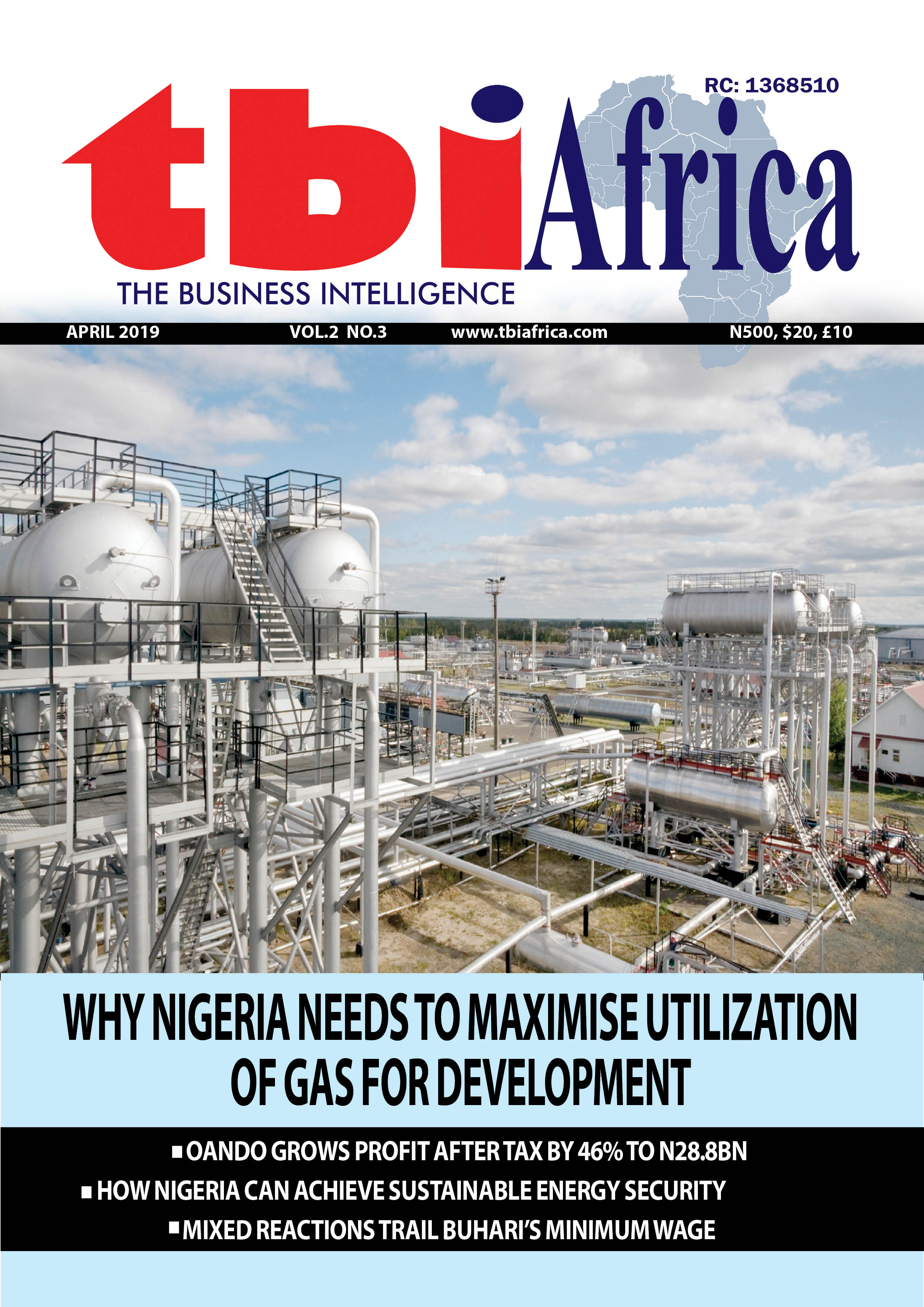Photo caption: World Bank logo
Flows of foreign direct investments into Nigeria and other developing economies, a key propellant of economic growth and higher living standards, have dwindled to the lowest level since 2005 amid rising trade and investment barriers, a new research from the World Bank shows.
These barriers pose a significant threat to global efforts to mobilise financing for development, the global lender said in a Friday note shared with Saturday PUNCH.
“In 2023, the latest year for which data are available, developing economies received just $435bn in FDI, the lowest level since 2005,” the bank stated. It said that this development coincides with a global trend in which FDI flows into advanced economies have also slowed to a trickle: high-income economies received just $336bn in 2023, the lowest level since 1996.
As a share of their GDP, the financier noted that FDI inflows to developing economies in 2023 were just 2.3 per cent, about half the number during the peak year of 2008. The World Bank Group’s Chief Economist and Senior Vice President, Indermit Gill, said, “What we’re seeing is a result of public policy.”
The economist said it’s not a coincidence that FDI is plummeting to new lows at the same time that public debt is reaching record highs.
According to him, private investment will now have to boost economic growth, and FDI happens to be one of the most productive forms of private investment. “Yet, in recent years, governments have been busy erecting barriers to investment and trade when they should be deliberately taking them down. They will have to ditch that bad habit,” he warned.
From June 30 to July 3, representatives of governments, international institutions, civil society organisations, and the private sector are scheduled to meet in Seville, Spain, to discuss how to mobilise the financing that will be needed to achieve key global and national development goals.
The new analysis from the World Bank highlights the policies that will be needed to achieve those goals at a time when economic growth has slowed to a crawl, public debt has surged to record highs, and foreign aid budgets have shrunk.
The lender said easing investment restrictions will be a key first step: so far in 2025, half of all FDI-related measures announced by governments in developing economies have been restrictive measures, the highest share since 2010.
“With the global community gearing up for the Conference on Financing for Development, the sharp drop in FDI to developing economies should sound alarm bells,” World Bank Group’s Deputy Chief Economist and Director of the Prospects Group, Ayhan Kose, stated.
“Reversing this slowdown is not just an economic imperative; it’s essential for job creation, sustained growth, and achieving broader development goals. It will require bold domestic reforms to improve the business climate and decisive global cooperation to revive cross-border investment.”
Investment treaties tend to boost FDI flows between signatory states by more than 40 per cent, the analysis found. Between 2010 and 2024, just 380 new investment treaties came into force, barely a third of the 1990s number.
Similarly, the report found that countries that are more open to trade tend to receive more FDI, an extra 0.6 per cent in FDI for each percentage-point increase in the trade-to-GDP ratio. However, the number of new trade agreements signed over the past decade dropped in half, from an average of 11 per year in the 2010s to just six in the 2020s.
In 2023, FDI accounted for roughly half of the external financing flows received by developing economies. Under the right conditions, it is a strong spur to economic growth: analysis of data from 74 developing economies between 1995 and 2019 suggests that a 10 per cent increase in FDI inflows generates a 0.3 per cent increase in real GDP after three years.
The impact is nearly three times larger, up to 0.8 per cent in countries with stronger institutions, better human capital, greater openness to trade, and lower informality. By the same token, the effect of FDI increases is much smaller in countries that lack such features.
FDI, according to the bank, tends to be concentrated in the largest economies. Between 2012 and 2023, about two-thirds of FDI flows to developing economies went to just 10 countries, with China receiving nearly a third of the total and Brazil and India receiving roughly 10 per cent and 6 per cent respectively.
“The 26 poorest countries received barely 2 per cent of the total. Advanced economies, moreover, accounted for nearly 90 per cent of the total FDI in developing economies over the past decade. About half of that came from just two sources: the European Union and the United States,” the lender noted.



